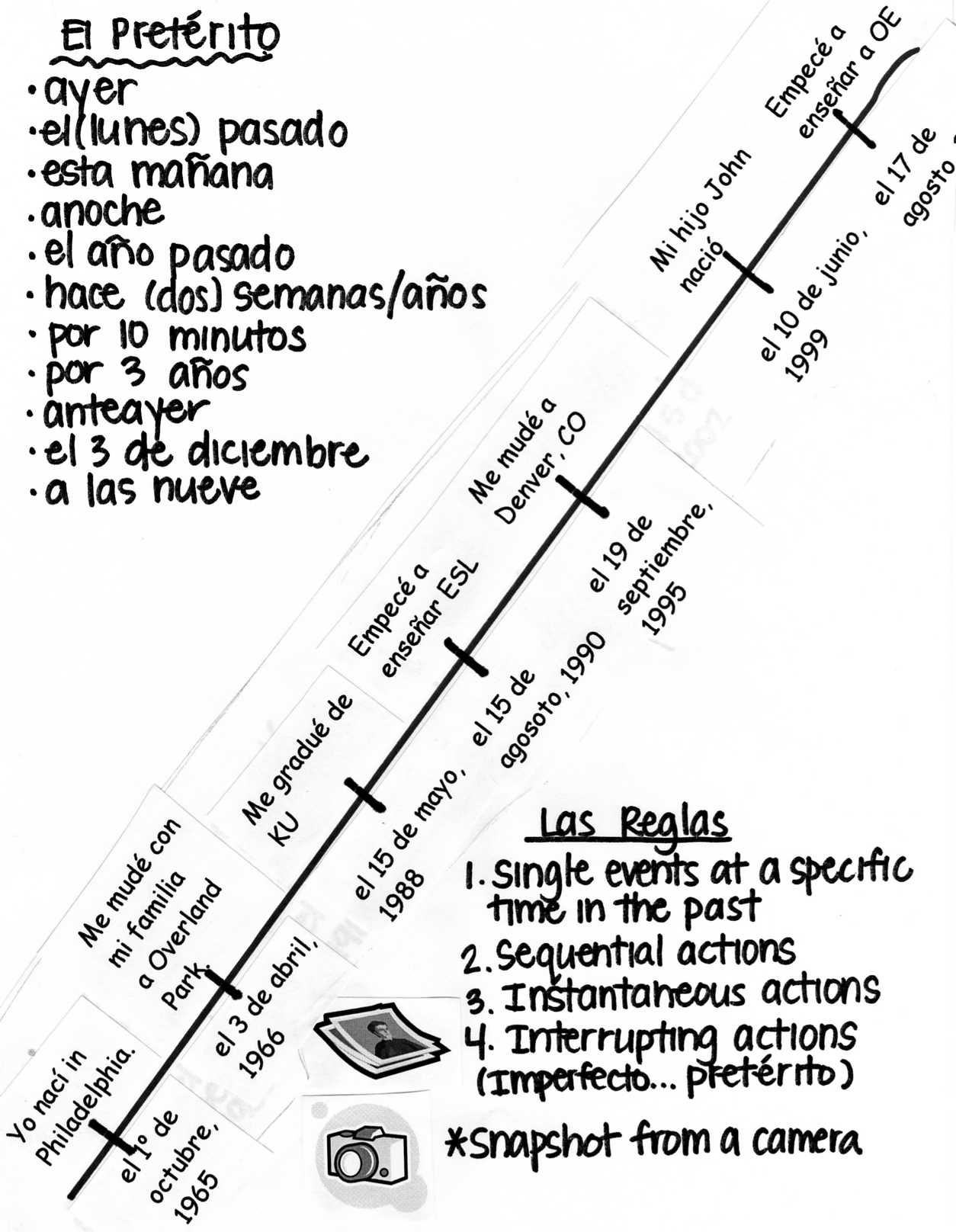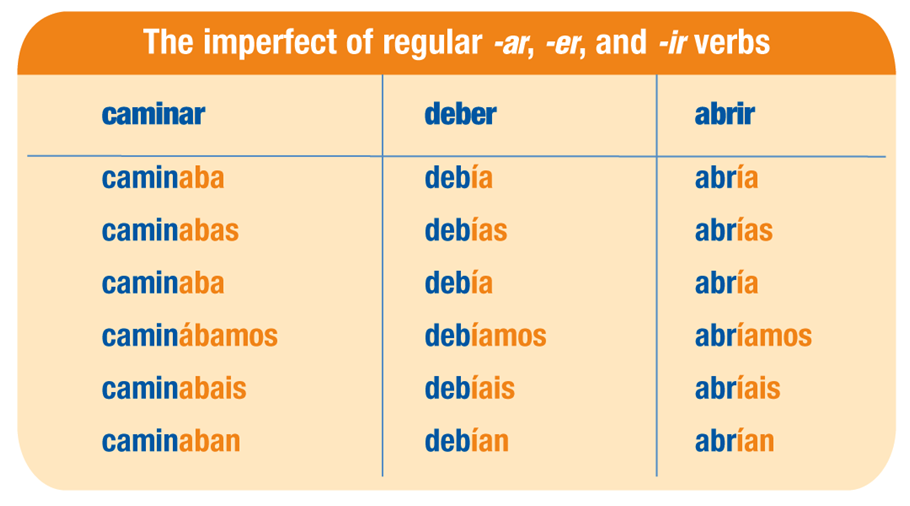casar means: to marry, to match
In this lesson we will see how to conjugate the verb casar in the Pretérito Imperfecto tense of the Indicativo mood. It means we will see step by step how to create the following conjugation:
| yo | casaba | tú | casabas | él/ella/usted | casaba | nosotros/nosotras | casábamos | vosotros/vosotras | casabais | ellos/ellas/ustedes | casaban |
This lesson is specifically about the casar verb conjugation. For a general overview of all the Simple Tenses conjugation see our Simple Tenses Conjugation Chart.
We also have a Video Presentation on how to conjugate verbs in Pretérito Imperfecto. It’s embedded on the right, but using the above link you may find more detailed information on conjugation in this tense and explanation of special cases and exceptions.
The objective of this series is to explain as much as possible the logic behind spelling corrections and exceptions. That way the amount of material which needs to be learned by heart will be minimized and the learning process will be much more effective. It means learning quicker and with less effort.
Note the timeline
The ability to properly locate the intended position on the timeline is an important skill for proper choice of tenses. So pay attention to the timeline in our lessons and visualize it while listening, speaking, reading or writing. After a bit practice you will be capable of selecting the right tense to use much easier.
Step by step instructions
| Pretérito Imperfecto belongs to the simple tenses group, which means that all of the inflected forms are one word long. There are also compound (compuesto) tenses in the Spanish language, where each inflected verb form consists of two words. The verb casar has an entirely regular conjugation in the Pretérito Imperfecto tense of the Indicativo mood. It means this verb simply follows the general rules for its group (-ar) without any exceptions. This tense is really easy, as there are only three irregular verbs! |
| The basis for this conjugation is the stem of the verb, so we have to begin by splitting the infinitive into a stem and an ending. It’s easy to do. Simply remove two letters from the end of the infinitive and you have the ending — one of -ar, -er or -ir. What’s left is the stem. So for our verb:
|
| Use the stem cas- in each person as the basis for the conjugations, the common prefix or root that each of the forms begins with. |
 | Next, add to this regular stem the endings specific to each person. Check out the image showing all the endings. Note the colors and shapes of the letters. It will help you find patterns and make it easier to remember these endings. Each grammatical person has a specific ending in each of the three conjugation groups -ar, -er, -ir. |
Add the regular ending -aba for the first person singular to create casaba:
|
And one more time add the regular ending -abas for the second person singular to create casabas:
|
And again add the regular ending -aba for the third person singular to create casaba:
|
| And as before add the regular ending -ábamos for the first person plural to create casábamos. |
| Note difference in spelling Only the first person plural has an accent here. This difference exists only in case of the verbs from the -ar group. Other groups always have an accented i in the ending in this tense. So add the accent to get casábamos:
|
Similarly add the regular ending -abais for the second person plural to create casabais:
|
Again add the regular ending -aban for the third person plural to create casaban:
|
This is it! The conjugation is now finished. But don’t end your session yet – it is very important to repeat and practice the material in order to retain it. Check below for suggestions.
Next Steps
- To practice this conjugation and test yourself try this Conjugation Exercise or the Memory Game
- For exercises and examples related to casar visit our Exercise section
- To see conjugation charts in all tenses for casar visit the Conjugator
- To explore other learning materials visit the Study section





